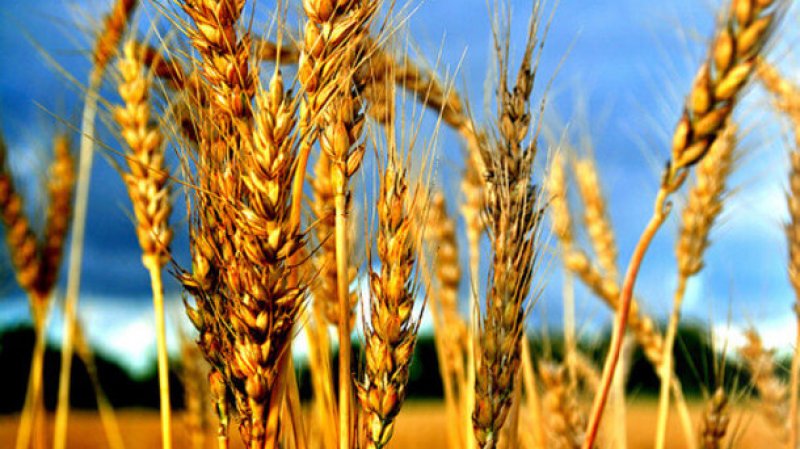The facility has dozens of rooms just like it. But inside this particular 10-foot-by-20-foot growth chamber at Monsanto’s global research operation—whose mirrored walls and sun-bright lamps can imitate the weather of any U.S. field—is a batch of young wheat plants.
They’re part of an intensive effort to use breeding and gene manipulation to make a new kind of wheat. The plants represent several years’ worth of work aimed at creating a plant that’s resistant to a trio of herbicides.
The research has the attention of supports and critics alike.
The supporters tout the work being done at the Chesterfield Village Research enter as critical to feeding a growing global population, while the critics say the world isn’t ready for the genetic modification of a dinner table staple.
For Monsanto, it is an expensive and time-consuming quest. It costs $150 million or more to add just one new genetic trait to a seed. Add a long development timeline—including field trials and regulatory approvals—and it could be another decade before the company is ready to put its new wheat seeds in farmers’ hands.
“People think we’re being coy about it. But we really don’t know,” said Claire Cajacob, director of the company’s wheat research.
Read full, original article: Genetically-modified wheat is in the works again, but are we ready for it?































